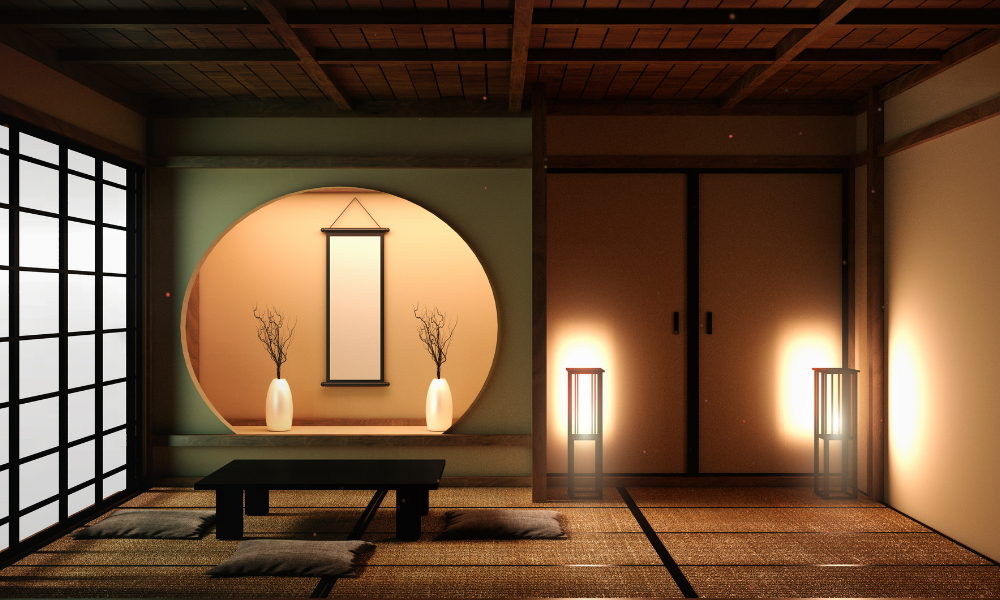The Rise of Japandi: Combining Japanese and Scandinavian Design
In the world of interior design, trends come and go — but some styles have a timeless quality that captures hearts across cultures. Japandi Style, a blend of Japanese minimalism and Scandinavian utility, has become one of the most popular modern design concepts. This hybrid style brings together the best of both worlds: the clean lines and uncluttered spaces of Japanese aesthetics, and the cozy warmth and practicality of Japandi Scandinavian Design.
Japandi is more than a passing fad; it is a lifestyle philosophy that values simplicity, harmony, and purposeful living.Let’s explore its origins, key features, benefits, and tips for bringing this serene style into your own home.
1. Origins of Japandi Design
The term Japandi is relatively new but the cross-cultural exchange between Japan and Scandinavia has a history dating back to the mid-20th century. Both regions share deep appreciation for:
- Craftsmanship
- Natural materials
- Minimalist aesthetics
- Functional yet beautiful design
Post–World War II, Japanese and Nordic designers admired each other’s approach. Scandinavian designers found inspiration in the Japanese concept of wabi-sabi, which celebrates imperfection and the natural aging process. In contrast, Japanese craftspeople loved Scandinavian warmth and human-centered functionality.
The result? A harmonious blend where Scandinavian hygge (coziness) meets Japanese Zen (tranquility).
2. Key Characteristics of Japandi Style
Japandi design thrives on balance. Here’s what defines it:
a) Minimalism with Warmth
While both Japanese and Scandinavian styles are minimalist, Japandi avoids feeling cold or overly sparse. Neutral palettes and clean lines are balanced with soft textiles and warm wood tones.
b) Nature-Inspired Elements
Natural materials like oak, bamboo, rattan, linen, and ceramics dominate. Plants play a big role — think bonsai trees, potted greenery, or simple ikebana arrangements.
c) Functional Beauty
Every item serves a purpose. Furniture pieces are not just decorative; they are meant to be used daily and last for years.
d) Neutral and Muted Color Palette
Colors lean toward off-whites, beiges, muted greens, and earthy browns. Accents may include dusty blues or charcoal greys for contrast.
e) Handcrafted & Sustainable Items
Japandi celebrates artisanal craftsmanship and sustainable production, making it an eco-friendly choice for modern homes.
3. Why Japandi is Gaining Popularity
Several cultural shifts have fueled the rise of Japandi:
- Remote Work Lifestyles: More people want homes that are both visually pleasing and functional for daily life.
- Mindfulness Movement: Japandi resonates with those who value slow living and mindfulness.
- Eco-Conscious Consumers: Its focus on sustainable materials appeals to environmentally aware homeowners.
- Global Influence via Social Media: Instagram and Pinterest have amplified Japandi’s appeal with serene, photogenic spaces.
In essence, Japandi is the design answer to modern-day stress — creating calm sanctuaries where one can recharge.
4. How to Bring Japandi into Your Home
If you’re ready to embrace Japandi style, here’s a guide:
Step 1: Start with Decluttering
The Japandi philosophy values intentional possessions. Remove any items that no longer serve a purpose or bring joy.
Step 2: Choose a Neutral Base Palette
Opt for warm whites, light greys, beige, and soft browns. This will create a calm, cohesive foundation.
Step 3: Invest in Quality Furniture
Select well-crafted pieces in wood tones like oak, walnut, or ash. Scandinavian-inspired sofas and Japanese-style low tables are excellent choices.
Step 4: Add Texture Through Textiles
Layer linen curtains, cotton throws, wool rugs, and soft cushions. These add warmth without overwhelming the minimalist aesthetic.
Step 5: Incorporate Nature
Place indoor plants strategically to bring life and freshness. Keep arrangements simple and intentional.
Step 6: Embrace Wabi-Sabi
Allow for imperfections — a handmade ceramic bowl or a slightly weathered wood surface adds authenticity.
5. Japandi in Different Spaces
Living Room
Low-profile seating, wooden coffee tables, and a few curated décor pieces make the living room inviting yet uncluttered.
Bedroom
Focus on a simple bed frame, natural fabrics, and soft lighting. Avoid excess décor; instead, let textures and materials speak for themselves.
Kitchen
Opt for open shelving, ceramic dishware, and wooden countertops. Keep surfaces clean and organized.
6. Benefits of Japandi Design
- Stress Reduction: Calming colors and uncluttered spaces promote relaxation.
- Timeless Appeal: The blend of Japanese and Scandinavian influences ensures it doesn’t go out of style quickly.
- Sustainability: Encourages eco-friendly materials and long-lasting design.
- Functionality: Balances beauty with practical daily living.
7. Common Mistakes to Avoid
- Overcrowding with Décor: Less is more.
- Mixing Too Many Colors: Stick to a cohesive neutral palette.
Japandi design is more than a visual trend; it’s a lifestyle that values simplicity, harmony, and purposeful living. By blending the serenity of Japanese minimalism with the comfort of Scandinavian design, it offers the perfect recipe for creating spaces that are both beautiful and livable.
Whether you’re redecorating a single room or an entire home, Japandi offers a timeless blueprint for a calm, sustainable, and elegant interior.


